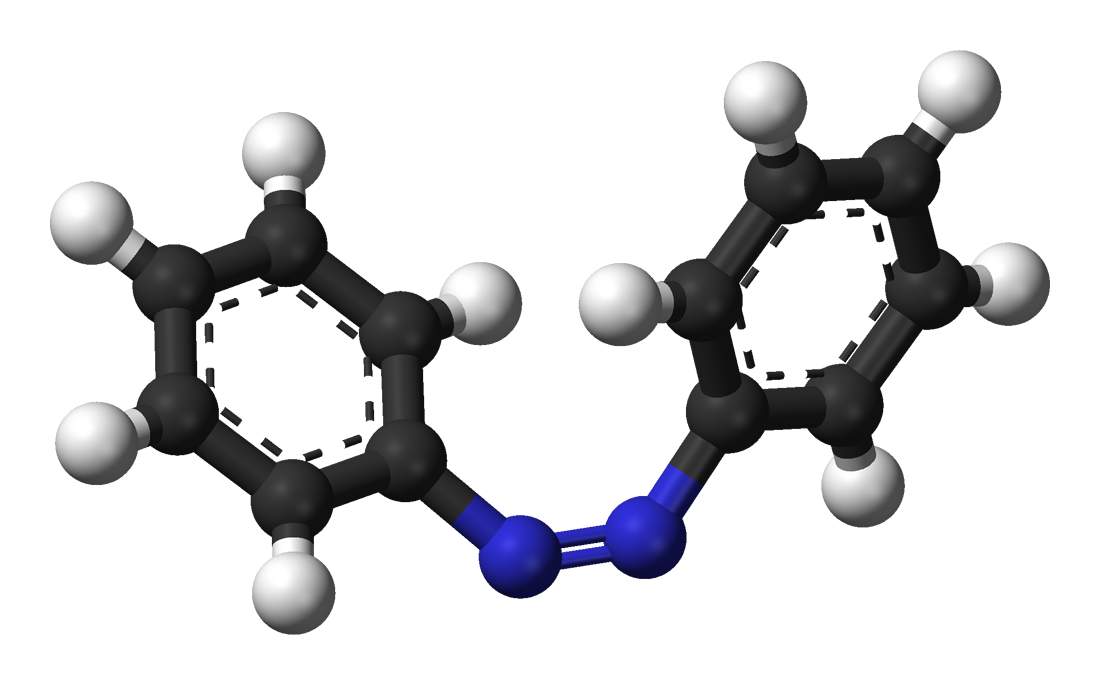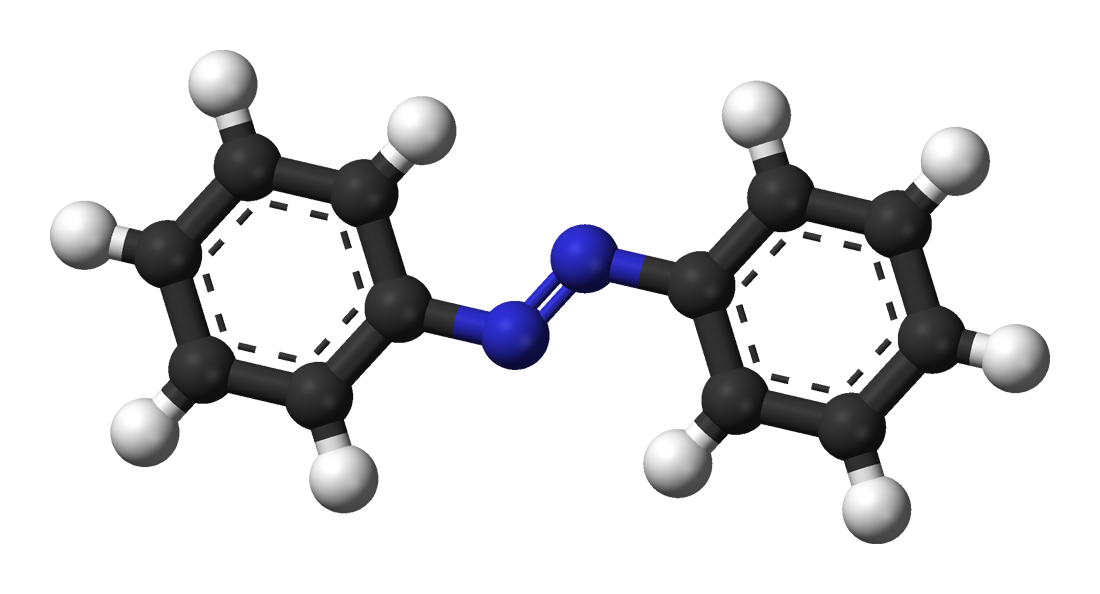Polymers with photo-switchable groups allow one to address thin films or micro-structures of the materials for reversible changes in optical, geometric, or mechanical properties. Azobenzene for example (shown), can be switched between 'trans' and 'cis' geometries with a low power laser. The resulting changes in optical properties (even at low chromophore concentration) are rapid, stable, and substantial, and can be used to store digital or holographic information in thin films, or even to draw waveguides to channel light in optical circuits. Similarly, structural or surface properties can be switched on or off with these materials, with investigation focussed on reversible control of surface wettability, or bio-activity such as protein adsorption or cell growth.

These compounds are similar to other isomerizing chromophores such as rhodopsin or spiropyran, yet are superior as photo-switches due to the fast, complete, and clean conversions. Furthermore, the rates and extent of these isomerizations have been shown to be very sensitive to the local environment, suggesting their use as a sensitive molecular probe. In our group, we focus on changes to the structure and surface of azo-containing polymers, both in solution and in hydrophilic layers. For example, azo-functionalized polypeptides can be prepared with a solubility in water that is photo-switchable, and liposome membranes incorporating azobenzene exhibit transport properties which can be controlled by light.

